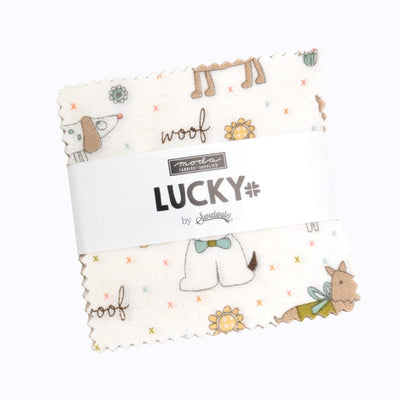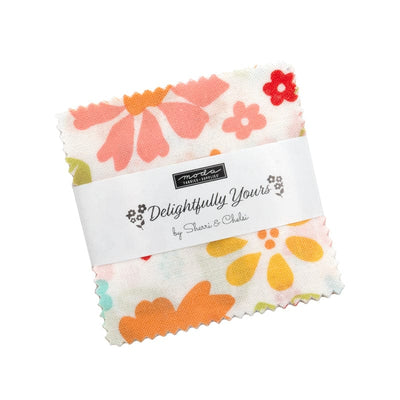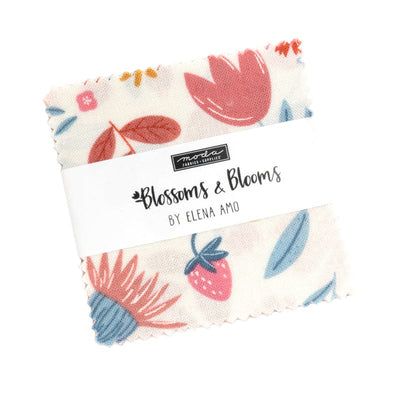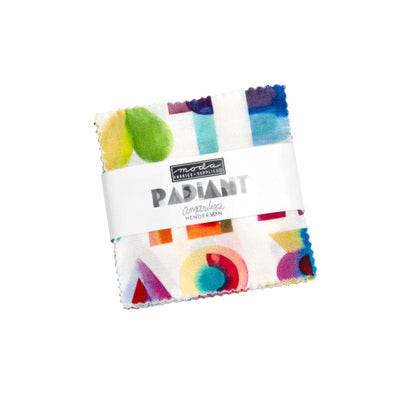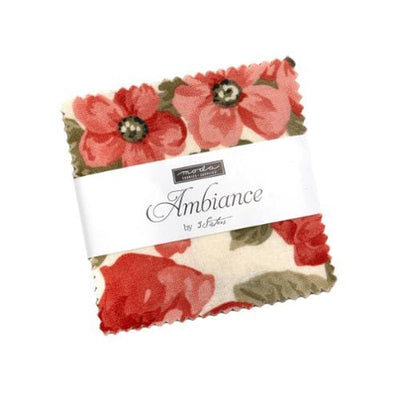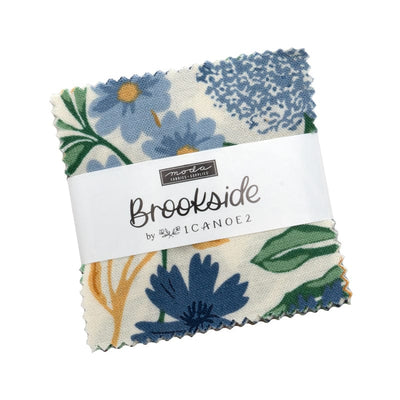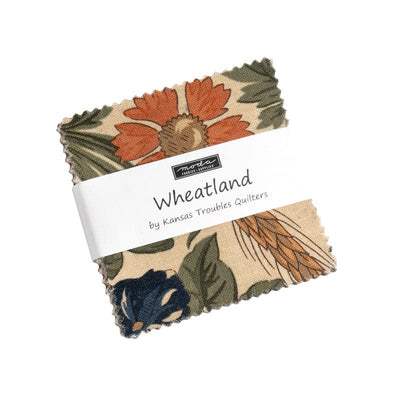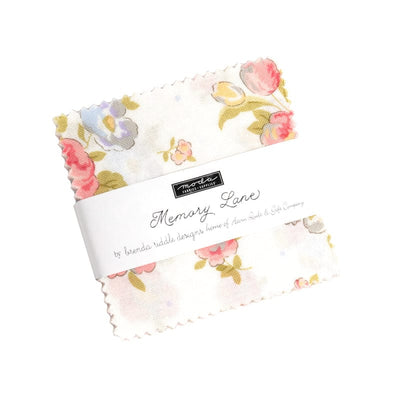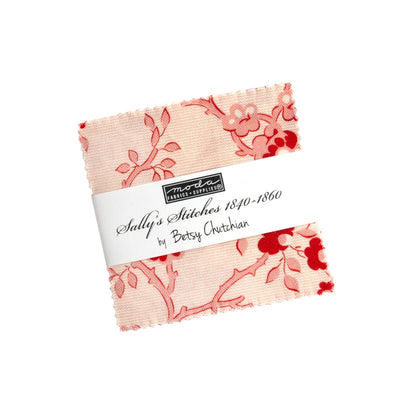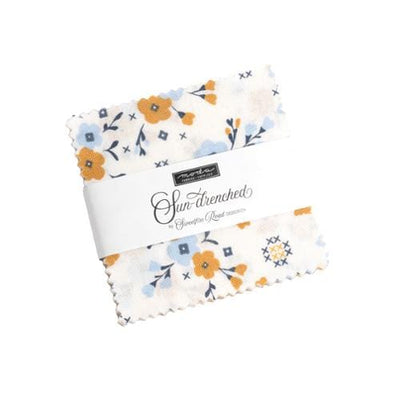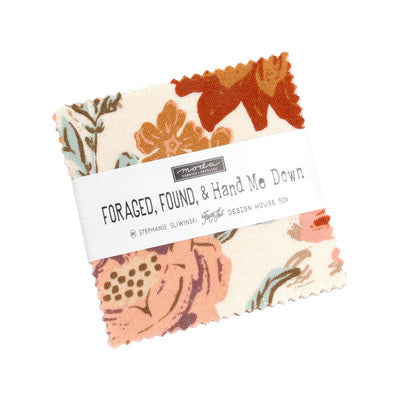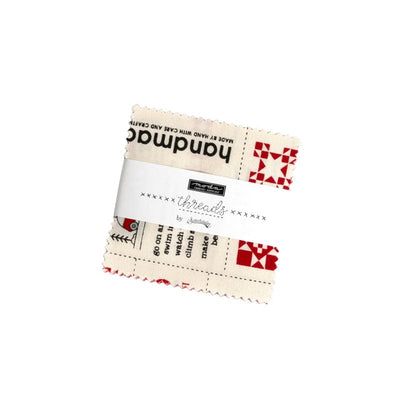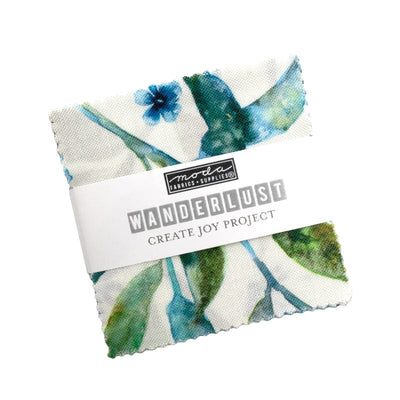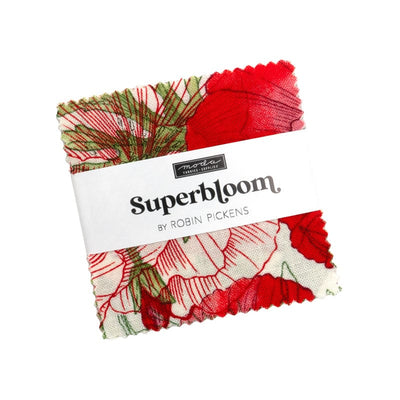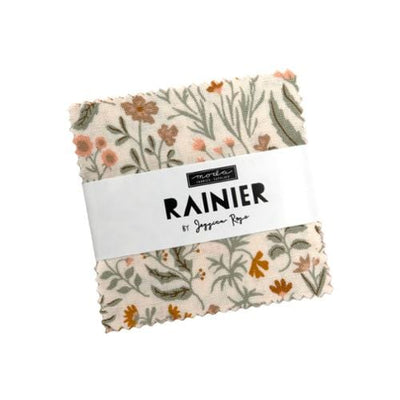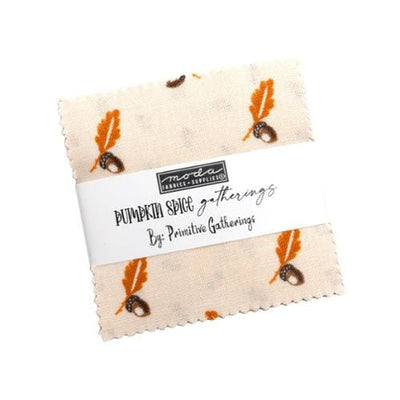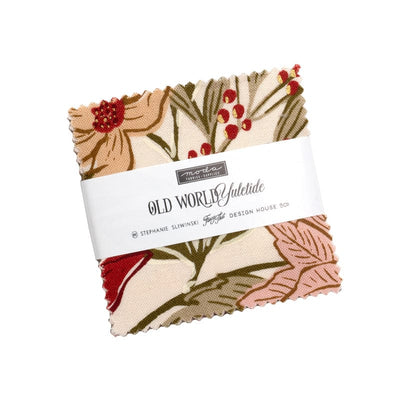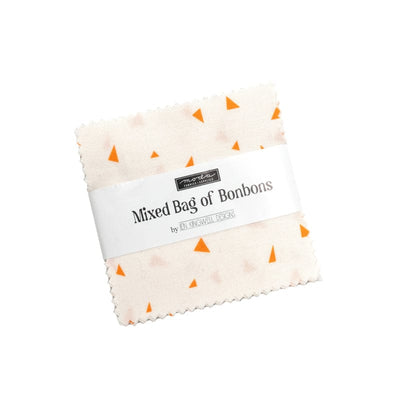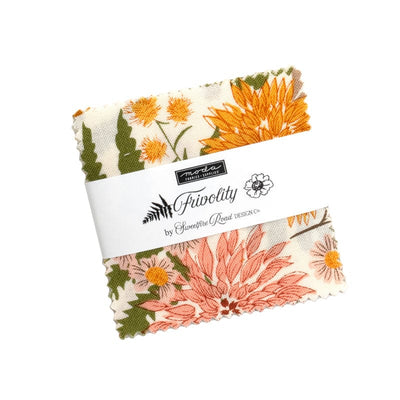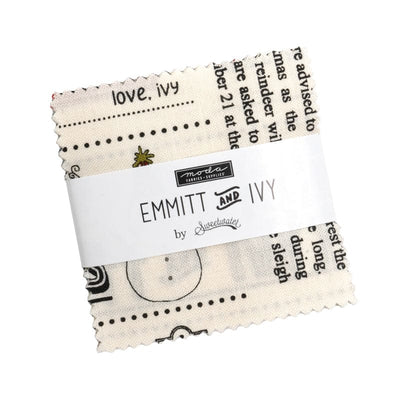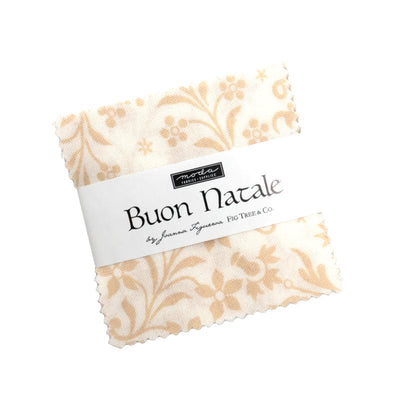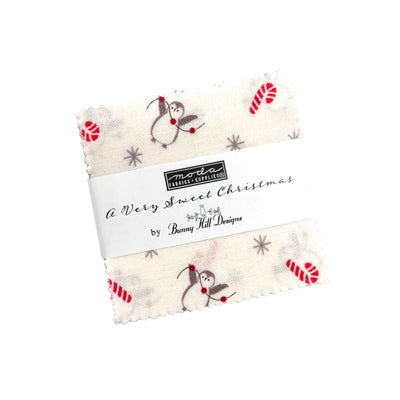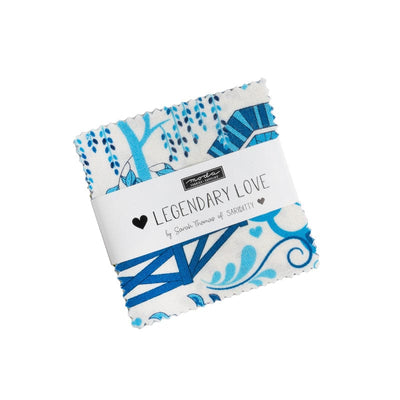Choosing Between Computerised and Mechanical Sewing Machines
Understanding the basic differences so you can make an informed choice

With so many types, makes and models available, choosing the right sewing machine can feel overwhelming. Understanding the difference between mechanical and computerised machines is a great place to start.
Both machine types are easy to use (with practice!) and produce beautiful results. Which one you select is simply down to personal preference, budget and your individual sewing goals.
Understanding the Basics Between Mechanical and Computerised Sewing Machines
Mechanical sewing machines are operated manually using dials and levers to control most functions including selecting stitches, adjusting tension and adjustments to the presser foot.
Computerised sewing machines (also called digital sewing machines) are equipped with buttons and a digital or LCD screen. These machines are more sophisticated, offering automatic features with some models providing on-screen guidance and saved stitch settings.
Mechanical Sewing Machines are The Traditional Choice for a Straightforward Sewing Machine
Who Benefits Most from Mechanical Machines?
Sewers of all levels of skill and experience looking for a reliable, durable and quick to set up sewing machine for fuss free operation.
Budget-conscious crafters & beginner sewers looking for a sewing machine that costs less to purchase and maintain. Mechanical machines tend to be easy to fix and generally need fewer specialist repairs and parts over their lifetime.
Key Strengths of Mechanical Machines
-
Easy to set up and use
-
Durable construction with fewer electronic components
-
Easy controls that provide tactile feedback
-
Often lower maintenance costs and easier repairs
-
Consistent performance across all fabric weights (model dependent)
Computerised Machines Offer More Enhanced, Sophisticated Features
Who Benefits Most From Computerised Machines?
Creative sewers who want fully customisable projects often prefer computerised machines. These makers appreciate features like stitch memory and customised stitch designs, multi-directional sewing and wireless connectivity for bespoke design options.
Beginner sewers looking for a machine to grow into find that computerised models meet their needs as they advance from beginner to intermediate sewer
Quilters of all experience levels benefit enormously from computerised features like automatic tension, precise ¼” seams, advanced walking foot systems, pivot functioning, fabric feeding systems and a huge choice of stitch options including decorative and quilt stitches.
Small businesses offering embroidery, dressmaking or repairs and alterations value the speed and convenience that computerised machines offer for consistently professional quality results. Our professional sewing machine collection caters specifically to these demanding users.
Key Strengths of Computerised Machines
-
Automatic features reduce setup time
-
Consistent stitch quality with automatic tension control
-
Memory functions for frequently used settings
-
Automatic thread cutter for quicker sewing and less trimming
-
Wide variety of decorative, utility and quilting stitches
-
Helpful on-screen prompts and guidance
Comparison Chart
|
Feature |
Mechanical Machines |
Computerised Machines |
|
Initial Cost |
Generally £200-£650 |
Typically £250 + |
|
Learning Curve |
Minimal - intuitive controls |
Moderate - requires familiarisation |
|
Maintenance |
Simple, user friendly regular maintenance including oiling Annual servicing and repairs to be done by a professional sewing machine engineer |
Simple at home cleaning, dusting and maintenance to the exterior of the machine Do not oil a digital or computerised sewing machine machine Annual servicing to be done by a professional sewing machine engineer only |
|
Stitch Selection |
10-50 stitches via dial |
50-400+ stitches via digital menu |
|
Thick Fabrics |
Variable by model |
Variable by model |
|
Speed Control |
Foot pedal only |
Foot pedal + speed control slider |
|
Best for Dexterity |
Easy-grip dials. Look for a built in needle threader. |
Easy buttons or touchscreen to operate machine. Look for an auto needle threader and auto tension. |
|
Longevity |
Up to and often more than 20+ years with care |
10-15 years average |
Making the Right Choice for Your Needs
Choose Mechanical If You
-
Prefer hands-on control over your sewing
-
Want a machine that feels familiar and straightforward
-
Sew primarily basic seams, hems, and simple projects
-
Have a limited budget for purchase and maintenance
-
Value long-term durability over advanced features
-
Find small buttons or touchscreens challenging to use
Our beginner sewing machines collection includes many reliable Janome mechanical models that are particularly popular with sewers who want reliable, no-fuss performance for decades.
Choose Computerised If You
-
Enjoy decorative stitching and embellishment work
-
Sew repetitive patterns that benefit from memory functions
-
Want convenient features like automatic threading, fuss free set up and easy operation
-
Plan to expand your skills into quilting or garment construction
-
Appreciate on-screen guidance and stitch previews
Our intermediate sewing machine range includes the best digital sewing machine models that offer exceptional value for creative sewers ready to embrace technology.
Real-World Performance and What Our Customers Tell Us
We have over 20 years of expertise in domestic and professional sewing, embroidery and overlocker machines. Our team speak to sewers of all ages, ability and skill on a daily basis.
Mechanical machine owners often report decades of reliable use with minimal intervention, with many treasured models passed down or bought in the 1980s and 90s are still performing reliably when properly maintained.
Our combined experience means we are able to identify the right type of machine for a customer very quickly based on their need and sewing goals.
A recent customer from Manchester was struggling with skipped stitches on thick seams. We recommended a robust mechanical model like the Janome HD9 Professional and the direct-drive motor resolved their issue instantly.
We often hear from customers that they like a more simple to operate and traditional type of sewing machine which leads us to recommend a mechanical model. However many sewers demand speed, precision, creative flexibility and automatic features for professional results. James in Bristol tells us how features such as automatic thread cutting and stitch memory dramatically reduce sewing time when making batches of garments for his small business.
We speak to many quilters who would not be able to achieve the results they do without features that only computerised models can deliver - dual-feed, automatic tension, throat space, decorative quilting stitches and the range of innovative creative features.
Overall, the difference between buying a mechanical or computerised model is down to personal preference, budget and your individual sewing goals.
Expert Guidance from The Sewing Studio
After more than two decades of helping UK sewers choose machines, we've learned that the best sewing machine is the one you'll actually enjoy using. For more detailed guidance on specific models and features, read our comprehensive best sewing machine guide. Our team takes time to understand your projects, personal circumstances and long-term goals before making recommendations.
All machines in our sewing machine collection come with comprehensive support, including our in-house servicing team, who can maintain both mechanical and computerised models. Plus, our part-exchange program means you can upgrade later if your needs change.
Call our expert team for personalised advice, or visit our Cornwall showroom to try both types hands-on. Every machine purchase includes setup guidance and ongoing support to ensure you get the most from your investment.
Frequently Asked Questions About Computerised vs Mechanical Sewing Machines
Do computerised sewing machines break down more often than mechanical ones?
Computerised machines have more electronic components that can potentially fail but modern models are generally reliable. At The Sewing Studio, we see both types lasting many years with proper care. The main difference is that computerised machines may need more specialist repairs and parts, while mechanical issues are often simpler to fix.
Should a complete beginner start with mechanical or computerised?
Both machine types work well for beginners - there is no right or wrong machine type for a novice sewer.
Mechanical machines are often (but not always) cheaper, offer straightforward operation and fewer features to learn which works well for some beginners. However computerised machines provide more sophisticated features without the need to upgrade once you have mastered the basics and offer very helpful features like automatic threading, automatic tension, on-screen tutorials and built-in support.
Beginners should start with their budget, sewing goals and space available for sewing to identify the right model before considering mechanical versus computerised options.
Which type is better for sewing thick fabrics like denim?
The key is choosing a machine with sufficient motor power. If you’re keen to sew with thicker fabrics like leather, denim, canvas and multiple layers of fabric, look for a robust machine designed to sew with thick fabrics regardless of whether or not it’s mechanical or computerised.
What's the difference between 'digital,' 'electronic,' and 'computerised' sewing machines?
These terms are often used interchangeably. 'Digital' and 'computerised' refer to machines operated with a digital or LCD screens and electronic stitch selection.
Can I repair a computerised sewing machine myself?
We recommend carrying out regular basic maintenance of your sewing machine to include cleaning the bobbin area, removing dust and build up of fluff from under the needle plate. Oiling of a mechanical model can be done at home too. (Do not oil a computerised sewing machine at home.)
Computerised machines will need a professional service and authorised service centre for electronic issues and repair. Do not attempt to repair a computerised sewing machine yourself as this may invalidate the warranty.
Can I upgrade from mechanical to computerised later?
Absolutely. Many customers start with mechanical machines and upgrade as skills grow. Our part-exchange scheme makes upgrading affordable. Find out more here or call our team on 01209 216942.
Find the perfect machine for you
Take our quiz to find the best sewing machine for your needs.
Take the Quiz


